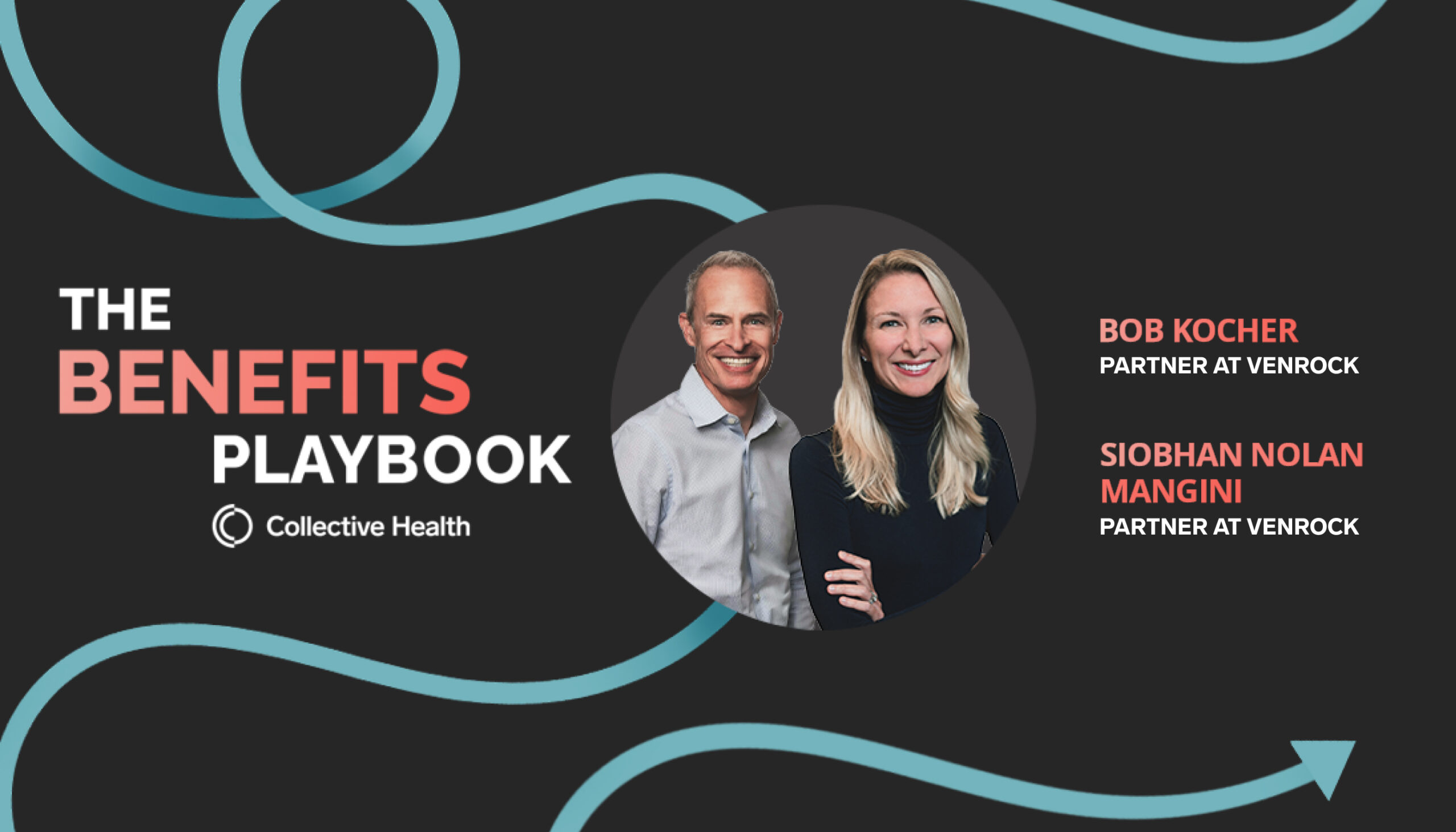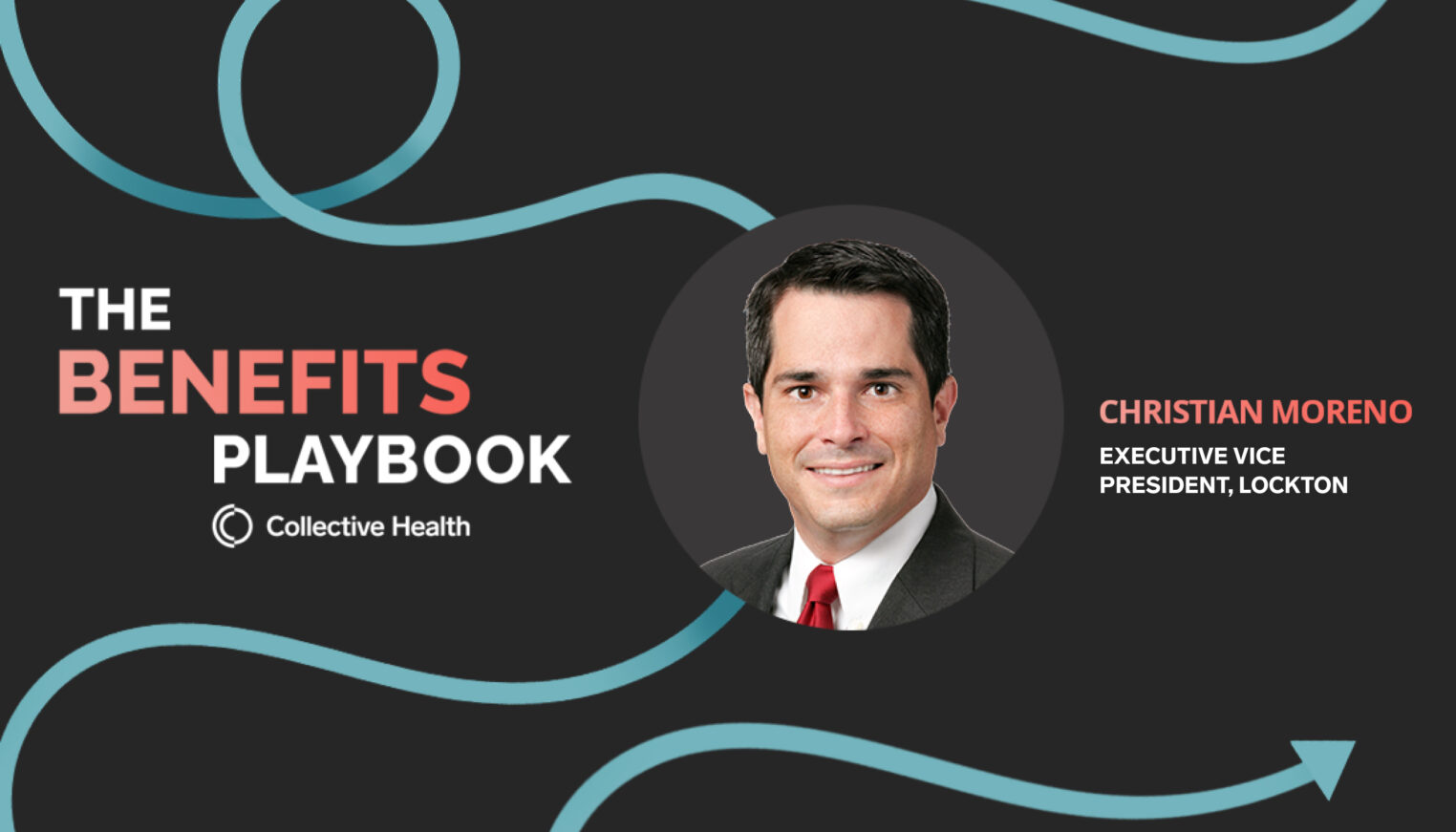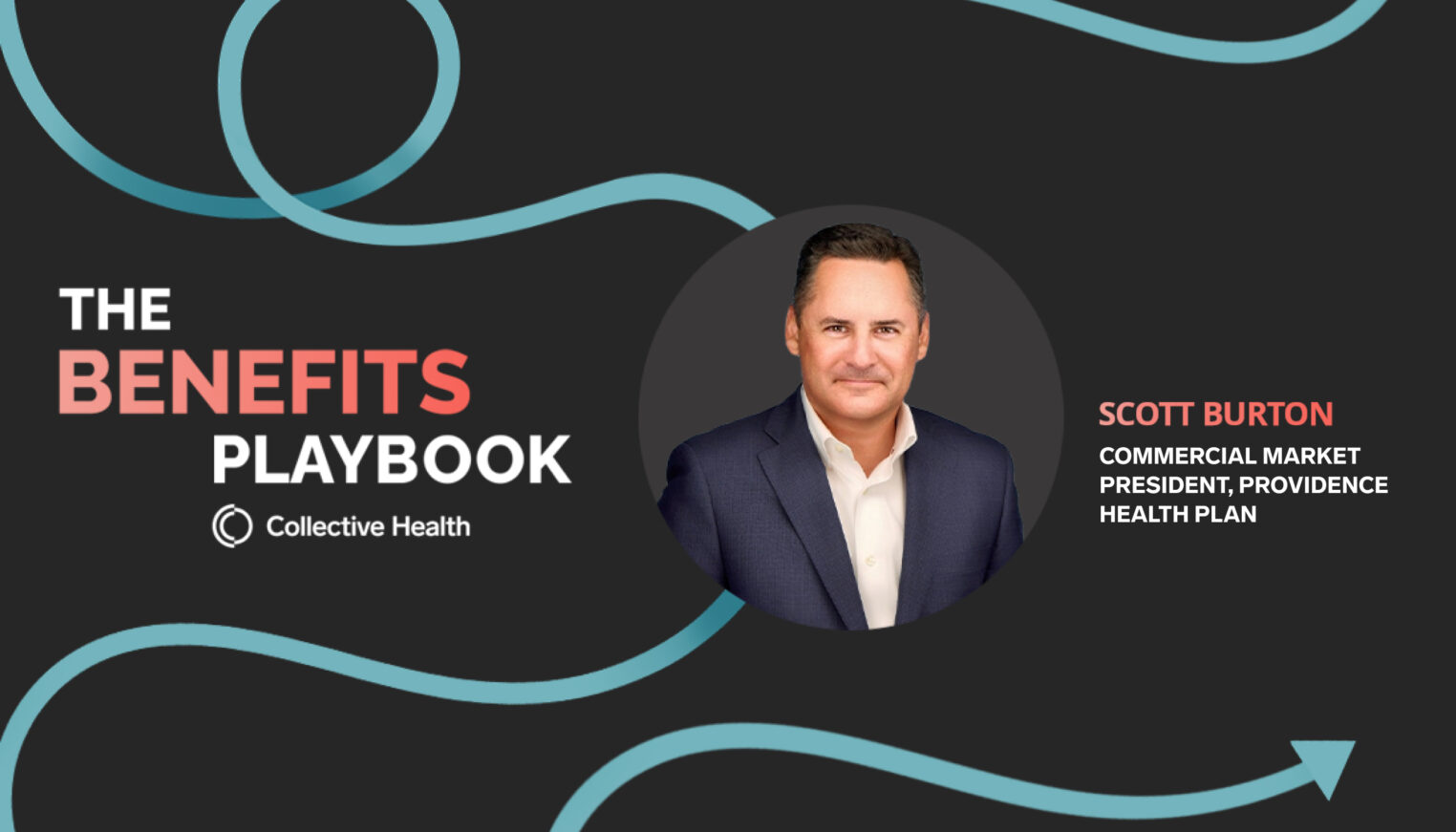In this episode of The Benefits Playbook, Siobhan Nolan Mangini and Bob Kocher, Partners at Venrock, share how employers can use their influence to accelerate meaningful healthcare transformation — and why aligning incentives is the key to sustainable change.
Season 3 of The Benefits Playbook continues with a conversation that bridges the perspectives of policy, investing, and operations. Host Kirk McConnell sits down with Siobhan and Bob to explore Venrock’s approach to building and funding transformative healthcare companies, the growing power of employers as catalysts for change, and the evolving role of technology and AI in care delivery.
“ Changing healthcare is painful… People will have to change their insurance or doctors or how they access care. You have to have something that’s even stronger than the pain of changing how healthcare works.”
— Bob Kocher
Siobhan brings firsthand experience leading and scaling healthcare innovators, including Castlight Health and NGM Bio, while Bob draws from his work in the Obama Administration, where he served as Special Assistant to the President for Healthcare and Economic Policy. Together, they discuss what it takes to build a more connected, efficient, and equitable healthcare system — and what lessons investors and employers alike can learn from both Silicon Valley and Washington.
Highlights from Siobhan and Bob’s episode include:
- The state of U.S. healthcare today — and why alignment matters more than ever
- How employers can drive transformation by taking control of benefits design
- Venrock’s philosophy for investing in high-impact healthcare companies
- The role of AI in reducing friction and improving outcomes
- Why change in healthcare is hard — but necessary
🎧 Listen to the full episode above, or find it on Apple Podcasts, Spotify, or your favorite podcast platform.
📄 Read the episode transcript here.
“ Taking these dials that we’re talking about and realizing, oh, I can carve out my PBM, I can put in benefits like Lyra… That idea that I am an agent of change, of providing better care but at lower cost for my employees, is actually there and that they have the tools.”
— Siobhan Nolan Mangini



